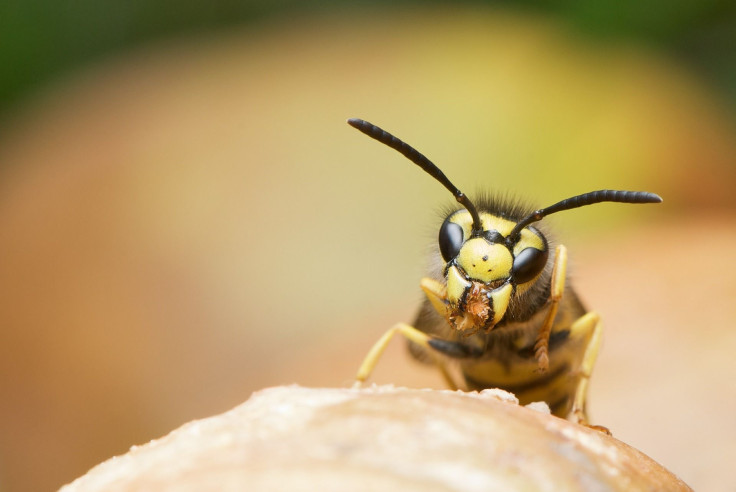What's A Godzilla Wasp? New Species Dives Underwater To 'Parasitize' Host [VIDEO]
KEY POINTS
- There are many parasitoid wasps in the world but very few aquatic ones
- The new Godzilla wasp is now the third known aquatic microgastrine
- Reasearchers named it after the fictional character Godzilla because of how it emerges from the water
Wasps are already intimidating, but researchers found that a new species, dubbed Godzilla wasp, actually dives underwater to target its host.
It was only recently that a team of researchers noted their discovery of a new wasp species they named after the COVID-19 quarantine. Now a different team of researchers is noting another rather "unusual" wasp species. This time, they found that the new wasp species is not only aquatic but is also capable of diving into the water to attack its host, making it the first Micrograstine observed to do so.
"It represents only the third known microgastrine to be aquatic, and the first one to be found entering the water," the researchers wrote.
Because of this behavior, the researchers dubbed the species Microgaster godzilla. The way it emerges out of the water reminds them of the fictional character Godzilla. It also so happens that the species was found in the Osaka and Kyoto prefectures in Honshu, Japan.
"The wasp name is intended to respectfully honour one of the most recognizable symbols of Japanese popular culture worldwide," the researchers wrote.
Godzilla, the fictional character, has also been associated with another kaiju called Mothra, which is typically portrayed as a larva, the researchers said. And as the news release from Pensoft Publishers explained, the new species specifically targets the larvae of the Elophila turbata moth species that lives inside a portable case that it constructs out of aquatic plants.
📢Study in @HymenopteraJour presents original description AND video📹 of the 1st microgastrine #parasitoid #wasp known to be diving underwater in search for aquatic caterpillar hosts. Also, it’s named after #Godzilla😉
— Pensoft (@Pensoft) November 4, 2020
👉See our blog: https://t.co/RgSoHVlsEZ #Entomology #JHR79
The researchers were able to capture this unusual behavior on camera. In the video, one can see the female M. godzilla walking on the floating plants while targeting possible hosts. It is then observed to be tapping its target with its antennae before diving into the water.
Just a few moments later, both the wasp and the larvae emerge from the water, with the wasp essentially forcing the larvae out of its case. Using its ovipositor, the wasp then "parasitizes" the larva. As the news release explained, the wasp lays its eggs inside the new host and puts it back in the water.
"In all cases we observed, oviposition occurred above water, where the host larvae went trying to escape the wasp," the researchers wrote.
As mortifying as the new wasp's behavior sounds, it now adds to the thousands of species of parasitoid wasps, which are important biological control methods for gardeners, the University sf Maryland Extension (UMD) explained.
This is because these wasps tend to feed on the eggs, larvae and pupae of insects including aphids, flies and beetles. Species such as the Trichogramma are even released as biological control agents in North America, UMD said.
As for the M. godzilla, its aquatic tendencies still make it a rather unique member of a massive family.
The study is published in the Journal of Hymenoptera Research.

© Copyright IBTimes 2024. All rights reserved.






















